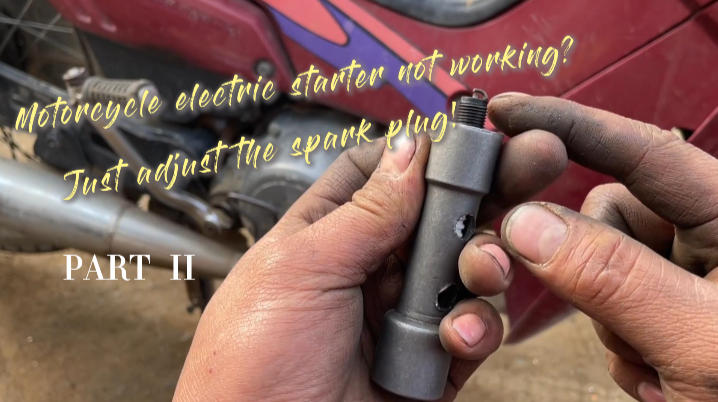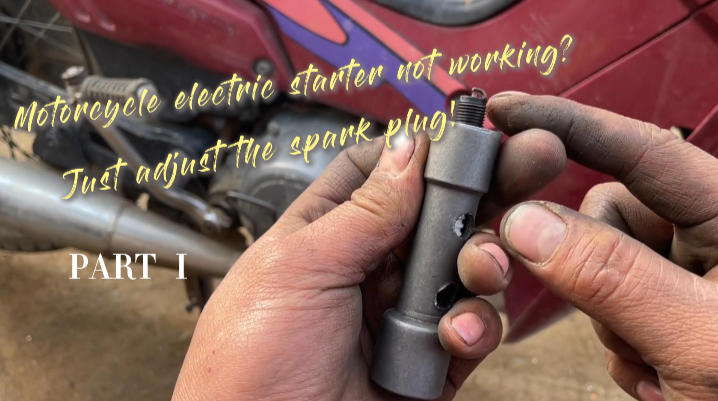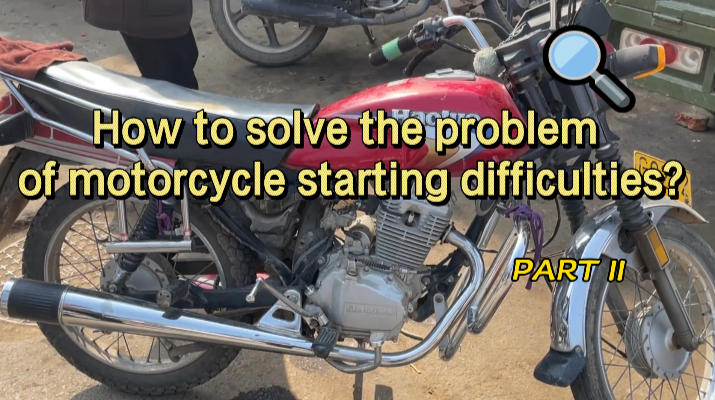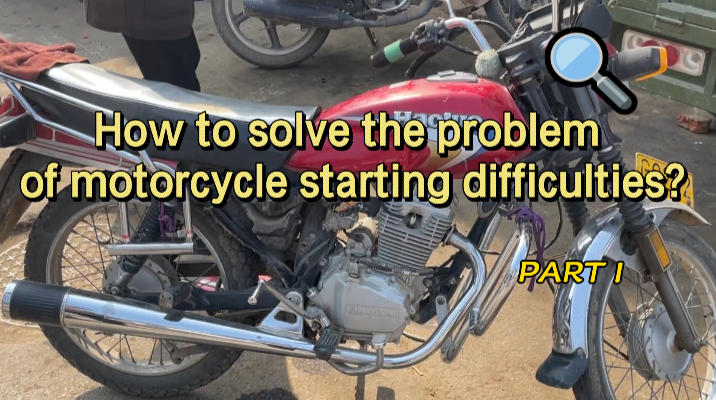What to Wear Snowmobiling — A Rider’s No-Nonsense Guide
-
41
-
2025-10-20 14:22:25
Snowmobiling’s brilliant. Until your fingers go numb and you can’t smile because your face hurts. Been there. It ruins a day faster than a flat belt. Most riders don’t get it until they freeze. What you wear matters. A lot.
This is not a catalog. No salesperson lines. Just what I actually grab before a ride. Simple, practical, and honest.
1. Base layer — start here, seriously
Cotton kills. Don’t wear cotton. It soaks sweat and becomes a frozen rag when you stop. Simple rule. Merino wool or good synthetic thermals — that’s what you want.
I use a snug merino top and leggings. Snug, not strangling. Too tight = bad circulation. Too loose = bunching, chafing. That thin layer? It traps a bit of heat but lets sweat pass. Magic.
If you get sweaty, change the base layer mid-day. Yes, bring a spare. It weighs nothing and saves a miserable afternoon.
2. Mid layer — warmth without the sauna effect
This is the “do work” layer. Fleece, light puffer, whatever moves with you. Don’t pile on a duvet. You’ll sweat, then freeze when you stop.
Heated vests are lovely when it’s really cold. But don’t blast them from the start. I learned that the hard way: sweating in the first hour, frozen in the second. Keep it low and bump it up when needed.
Pick stretch. Snowmobiling isn’t standing at a bus stop. You lean, you stand, you hook a strap. Bulky equals clumsy.
3. The shell — your actual shield
This is the part you spend money on. Make it count.
Waterproof. Windproof. Breathable. If it misses one of those, you’ll know by lunchtime. For deep powder, a one-piece suit is brilliant. No snow sneaks up the back. For trail days, two-piece is easier when you need a pee or a coffee (yes, practical).
Look at seams and zips. Are they sealed? Do cuffs cinch tight? Snow finds gaps like it’s a hobby.
Buy good. Cheap shells leak, cheap shells get wind under them, cheap shells make you regret every mile.
4. Helmet and face gear — not optional
Don’t use a bike helmet and hope for the best. Snow helmets have features for cold: breath deflectors, good liners, visors that don’t fog as fast.
If you wear glasses, get a double-lens or heated visor. It’s worth the extra. Under the helmet, a thin balaclava or neck gaiter beats a scarf. Scarves flap, snag, freeze.
Small note: test visor ventilation at home. Fog happens in a blink.
5. Hands and feet — the things that ruin days
Your hands and feet go first. Always.
Gloves: insulated, waterproof, but still let you work the throttle and straps. I bring two pairs on longer rides — big gloves for the road, thin liners for fiddly stuff.
Boots: tall, roomy, warm. Wool socks only. Not cotton, ever. One good wool pair beats three cheap ones. If your toes go cold, loosen the boot a touch before blaming the socks — circulation matters.
Hand warmers? Yes. Disposable ones work. Rechargeable liners are nicer but more gear.
6. Little extras that actually matter
These are cheap, light, and they save your day:
Neck gaiter or buff — blocks drafts.
Tinted goggles — helps on flat light days.
Heated grips — once you try them, you’ll buy them for every sled.
Dry bag — keep spare gloves and socks dry. Wet gear = misery.
Thermos of hot tea or coffee — do not skimp.
Pack them. Don’t be the person who thinks “I’ll manage.” You won’t.
7. What to avoid — the obvious mistakes
Jeans. Fashion boots. Cotton hoodies. All wrong.
Also — don’t over-layer like it’s a race to be the biggest marshmallow. If you sweat before you leave, strip a layer. You want to feel slightly cool when you start. You’ll warm up in motion.
8. Two-minute pre-ride check
This takes two minutes and saves a world of pain:
Zip everything up.
Tuck cuffs under gloves.
Make sure pants overlap boots.
Strap the helmet and close the visor.
Wind finds every gap. Those tiny gaps are where cold sneaks in.
9. Going long or heading off-trail?
Carry spares. Not because you’re paranoid — because stuff happens.
Spare gloves, extra socks, a small shovel, a multi-tool, basic first aid, and a PLB if you’re far from roads. It’s a tiny pack. It could save a life.
Also: tell someone where you’re going. Old-school, but works.
10. Fit beats fashion — every time
Logos don’t keep you warm. Try gear on. Sit on the sled, squat, twist. If something rubs now, it’ll ruin hours later.
Pockets should open with gloves. Zips should work when your fingers are numb. Practical beats pretty.
Final thought — ten minutes well spent
Take ten minutes. Check your kit. Fill a thermos. Pack a spare base layer. Walk out and enjoy the ride.
Get the kit right and you remember the day: blue sky, snow spray, the engine hum. Get it wrong and you remember the cold. That’s not why we ride.
Dress smart. Ride longer. Smile more.
-
Oil Pump JR-B18-1 16700-K20-903 For Z00MER

-
Oil Pump JR-B18 16700-KVG-41 For AIR BLADE
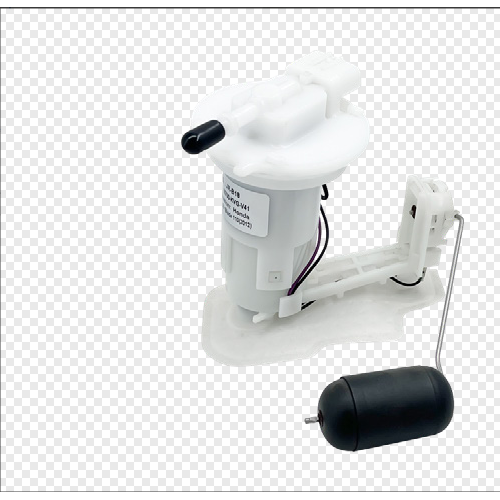
-
Oil Pump JR-B113 16700-HR3-A21 For Fou rTrax Rancher
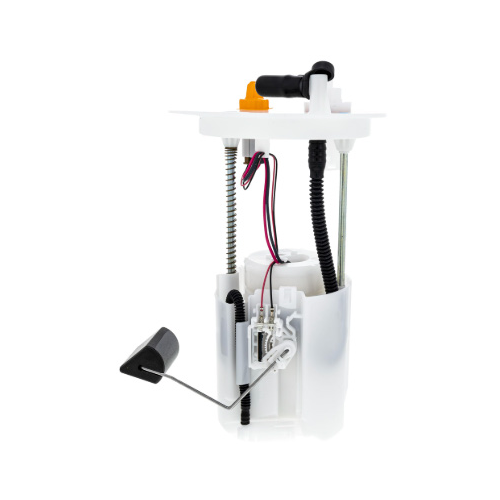
-
Oil Pump JR-B112-1 275500734 For GT1 130/155 2011-2012
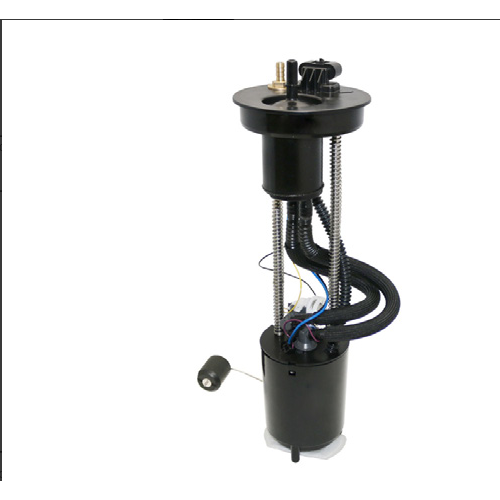
-
Oil Pump JR-B112 47-1027 For MAVERICKX
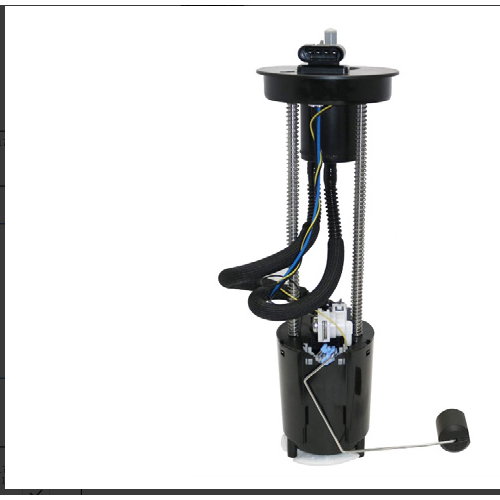
-
Oil Pump JR-B110 47-1050 For OUTLANDER
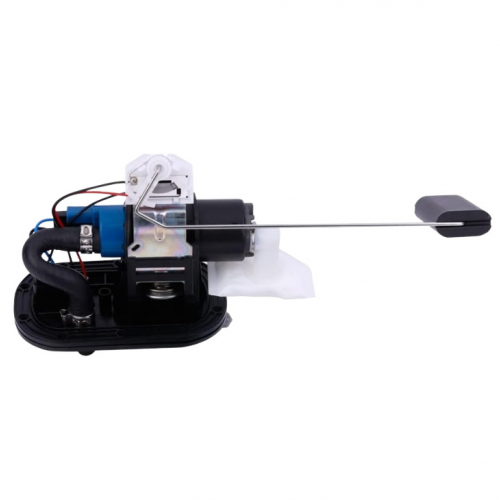
-
Oil Pump JR-B109 709000758 For OUTLANDER
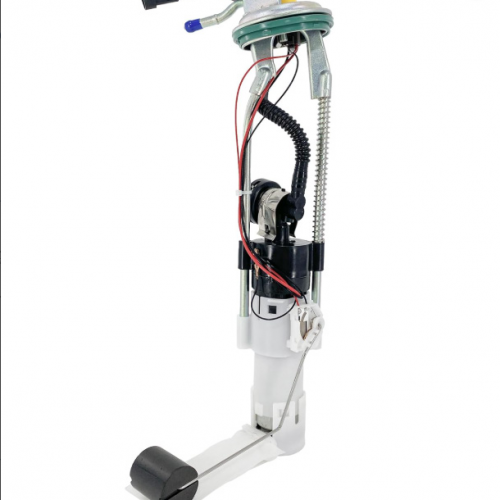
-
Oil Pump JR-B108-1 2204308 For SPORTSMAN
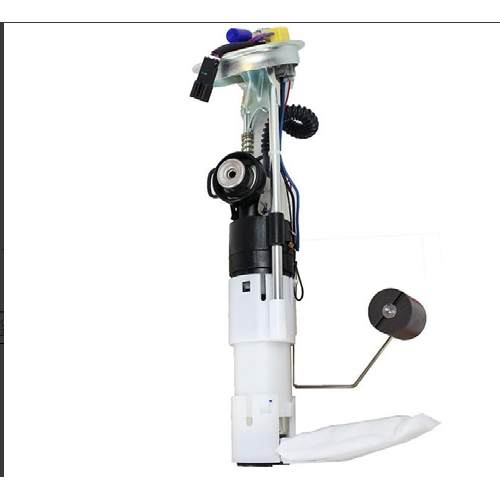
-
Oil Pump JR-B108 47-1014 For SPORTSMAN
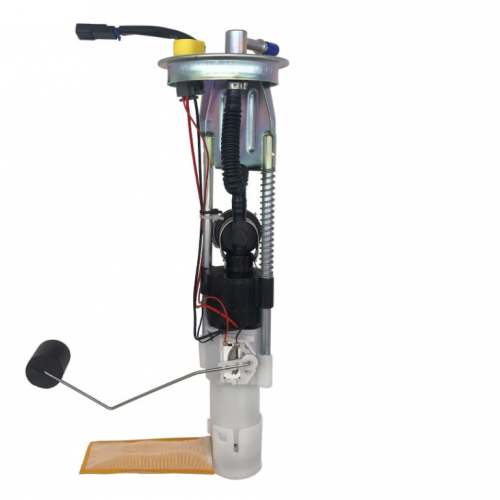
-
Oil Pump JR-B98-1 47-1012 For RANGER



